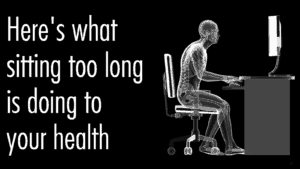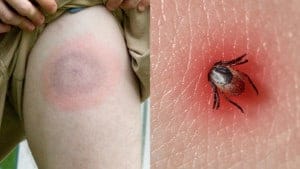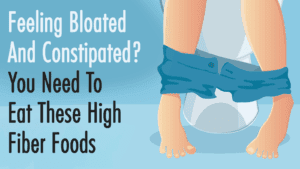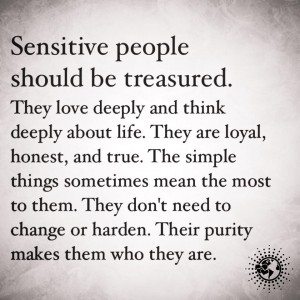Sitting too long is detrimental to your body, say the experts. It makes sense.
In general, people evolved from nomads to farmers to…couch potatoes.
Our ancestors kept fit from running for their lives from predators. Or, they kept active daily by accomplishing all the manual tasks that kept their children safe and their homes warm and cozy. After eons of hunting, gathering, and all that other hard work, humans were ready for a break!
However, we’ve now entered the opposite end of the spectrum. Now, we have so many automated processes that we have become sedentary people. In fact, one publication reports that Americans spend eleven to twelve hours daily in a seated position.
Furthermore, they go on to warn us that sitting too long is dangerous.
Message received.
The Negative Consequences of Sitting Too Long
Here are the consequences of sitting too long
1 – Increased Depression
One learned medical journal discusses evidence that remaining seated for extended periods triggers depression. Additionally, the more a person remains seated, the more they fall into the trap of that idle state, leading them into even further depths of depression.
A study of 8,950 women in their fifties backs up this logic. The participants who sat for under four hours daily and exercised regularly reported fewer feelings of depression. On the other hand, the sedentary women were roughly three times likelier to feel depressed.
2 – More Feelings of Stress
Similarly to depression, those who remain inactive for hours on end are more prone to feeling the impact of stress.
An Australian research team studied 3,367 government workers showed that the employees who remained stationary for six or more hours exhibited higher indicators of psychological stress than those who got to move around more throughout the day.
3 – Additional Pounds…and the Related Illnesses
The sedentary lifestyle so many of us lead today also shows up on the scale and on our ever-increasing waistlines.
In fact, the Centers for Disease Control and Prevention (CDC) issued a revealing report in 2015. In it, they warned that since the 1960s, the weight of an American woman grew from an average of 135 of 166 pounds–the weight a man weighed just five decades ago.
Furthermore, men have also gained in size. Males’ weight rose from an average of 166 in the 1960s to 195 today.
So it’s no surprise that the CDC also cited an increase in obesity-related conditions, including:
- Type 2 Diabetes
- Arterial diseases that lead to increased instances of heart attack and stroke
What’s the Solution?
This situation leaves people wondering about the solution to this dilemma. We all have a job to do. And many of us sit behind a computer or another workstation for forty-plus hours per week.
While the necessity of holding down stable employment is a reality for many, there is a solution–short bursts of activity throughout the day.
Indeed, an article published in the American Journal of Epidemiology by Dr. Keith Diaz of Columbia University presents research that backs up the simple suggestion to get up and move.
Dr. Diaz led a six-year study of 8,000 middle-aged Americans, aged 45 and up. The team followed participants via a tracking device that recorded their activity levels.
They concluded that participants who switched from sitting to light activity for as few as thirty minutes daily reduced their risk of death by 17 percent. These light activities include household chores and walking at a slow pace.
And, for participants who chose more vigorous activities, the risk of death from obesity-related disease dropped by a staggering 35 percent. What exercises qualify as vigorous? Jogging, brisk walking, weight training, bicycling.
How to Sneak In 30 Minutes of Exercise Each Day (to Offset Sitting Too Long)
That thirty minutes might sound like an impossible mission, but you can sneak it into your schedule.
1 – Walk at lunchtime
Instead of sitting in your company’s break room, get outside at lunchtime! Take 30 minutes of your lunch hour to walk laps around your parking lot. Better yet, pack lunch and take a stroll through a nearby park and enjoy nibbling in nature.
2 – Stand While You Work
Inquire about the possibility of a stand-up desk model. As employers become more receptive to innovative employee wellness initiatives, more and more are installing desks that can raise or lower on a hinge.
These desks enable you to walk in place or even pop a squat as you work!
3 – Manual Labor
After you head home for the day, go old school and do some manual labor. For example, cut your grass with a walk-behind cutter instead of a riding mower. Or, consider standing at your sink and handwashing your dishes instead of placing them in the machine.
Your chores will exceed thirty minutes easily.
4 – Reconnect With Your Favorite Sport
When you were younger, what sports did you enjoy? You can reconnect with your inner child and also find an activity that you love. That might entail joining a bowling league, playing a pickup game of basketball, or even flying a kite.
Really, it doesn’t matter what sport you choose. Getting back to an activity that you love, even one or two evenings a week, it feels less like exercise and more like fun.
 5- Try Something New
5- Try Something New
Think of an activity you’ve always wanted to try but never took the time to master. Yoga, ballroom dancing, or spin classes are all wildly popular. Why do so many people adore these activities? Because they are fun! The novel new class will keep you on your feet and walking down a road to better health!
6- Start Slowly When You’ve Been Sitting Too Long
If you’ve been sitting too long for, well, too long, you’ll need to start slowly. If you have shortness of breath, discomfort while moving, or obesity, check in with your doctor. He or she will be delighted to hear that you want to become more active and can offer you advice on getting started safely.
 Final Thoughts on The Impacts of Sitting Too Long
Final Thoughts on The Impacts of Sitting Too Long
According to some experts, awareness is the key. If people understand the effects of sitting too long, then they can find ways to offset the effects. For example, those who enjoy reading each evening might stand up and stretch, walk up and down the stairs a couple of times, or walk around the house at the end of each chapter.
During commercial breaks on TV, sitters might walk upstairs and start a load of washing. At another commercial break, the wash might be put in the dryer, and at another break, folded. Jogging in place or doing the twist (yes, the dance) during commercial breaks might be more feasible for you.
The convenience of modern-day life has put us in this fix. While we (thank goodness) don’t need to flee from predators or hand-build huts for our shelter, we have grown prone to sitting too much. And the way to reverse that is simple. Just get up and MOVE!











